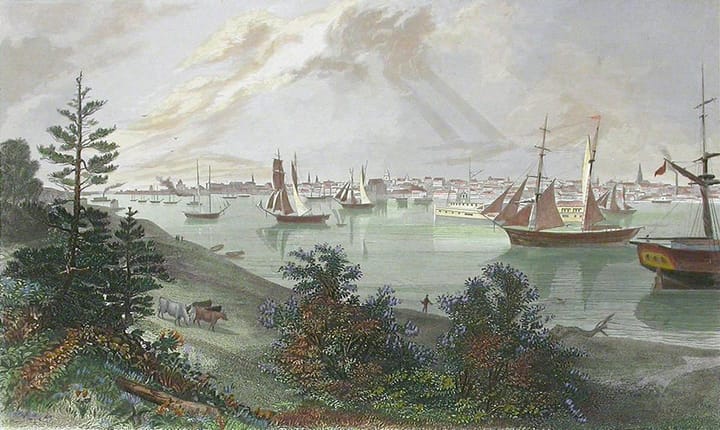The Needful
Vere dignum et iustum est...

Editor’s Note: This poem is presented in two versions. In its conversational version, the meter used is somewhat uncommon. While one might assume it at first glance to be iambic pentameter, it is iambic hexameter, with some of the iambs replaced with spondees. Hexameter lends itself to storytelling or narrative. In this poem, the spondaic feet, found at the beginning of each line, serve to underscore the conversational nature of the work. (Tediously observant readers [yes, you] may notice that two of the lines contain a headless iamb; but let us not delve into this matter too deeply.)
In its formal (and original) version, iambic pentameter is used throughout, with one headless iamb in the first line.
Hexameter was commonly used in classical Greek and Latin poetry—albeit typically with dactyls, rather than iambs. In English, it was famously employed by Henry Wadsworth Longfellow in Evangeline.
This poem also pays hommage to Indian English by employing some of its common constructions. With this in mind, you may find the rhymes make more sense if you hear the poem as read by an Indian speaker.
Conversational Version
yes?—and, you wonder what tomorrow’s work may bring—
hear now: just know yourself—you can, and never can’t,
and so: press thou on to do the needful thing.
Formal Version
and wonder what tomorrow’s work may bring—
just know yourself—you can, instead of can’t,
and press thou on to do the needful thing.



 Support Us
Support Us
Comments ()